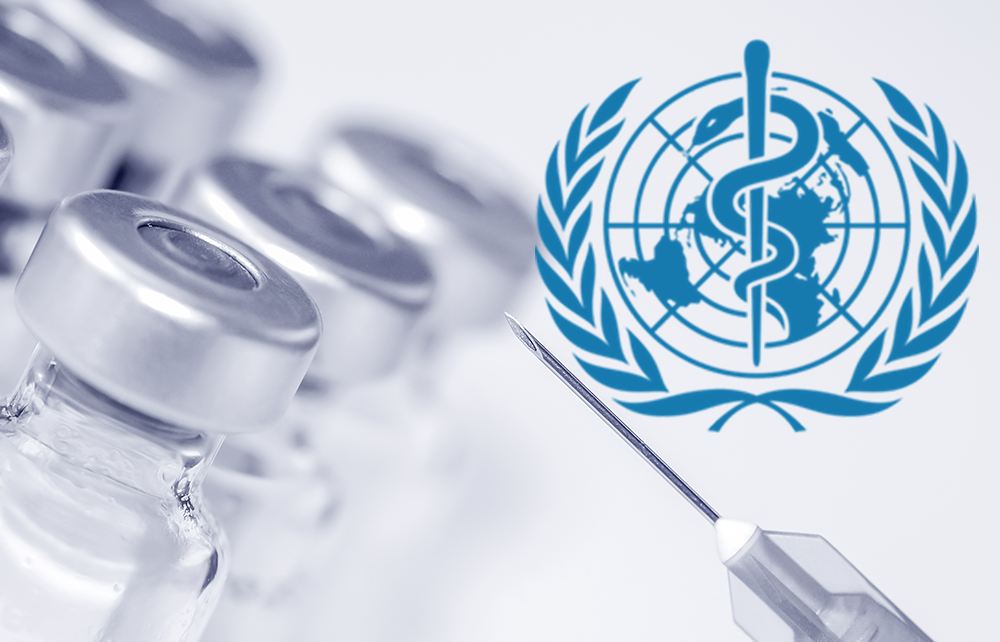The World Health Organization named vaccine hesitancy in its list of top ten global health threats in 2019. Since then, mainstream media, medical organizations, and governments have treated the vaccine-hesitant as if they were a disease themselves. Negative characterizations, censorship, and calls for forced re-education and vaccination have followed. This is far too overbearing, since a thoughtful examination of the WHO document shows it has far more politics than substance.
“Air pollution and climate change” tops the list. “Nine out of ten people breathe polluted air every day. In 2019, air pollution is…the greatest environmental risk to health,” it says. It says these deaths manifest by “cancer, stroke, heart and lung disease.”
Good news: now that the world has 7.4 billion people, the death of 7 million is less than one in one thousand. And, despite that “2019” in the title, the count of climate change deaths is presumably zero. It is only in a hypothetical future from 2030-2050, that WHO predicts “250,000 additional deaths per year, from malnutrition, malaria, diarrhea and heat stress.” It keeps the alarmism going by saying that world temperatures will rise three degrees by 2099 even if the Paris Accord holds.
Math be damned. The apparent real killers are second on the WHO list; “Noncommunicable diseases, such as diabetes, cancer and heart disease, are collectively responsible for over 70% of all deaths worldwide, or 41 million people.” This list is almost identical to the diseases from air pollution. Moreover, WHO explicitly mentions that among the risk factors of “tobacco use, physical inactivity, the harmful use of alcohol, unhealthy diets, and air pollution.” Is that 7 million dead of air pollution just a subset of the 41?
Until we have that answer, that means at least 34 million people die from cigarettes, laziness, liquor, and junk food. To recap, that’s zero deaths from climate change, 7 million from air pollution, and 34-41 million from things people enjoy. Fear not (or maybe do fear), the nanny state is going global. WHO says is working with governments to increase exercise by 15 percent by 2030 (but what about all that extra carbon they will exhale?).
More rough math suggests only 18 million deaths annually from the final eight categories combined (does old age count?). These include flu, fragile and vulnerable settings, microbial resistance, ebola, weak primary health care, vaccine hesitancy, dengue fever, and HIV. Vaccines are listed as one of the solutions for flu, despite its many strains. In any given year, a fully effective and universally administered vaccine would still leave more than half the flu cases untouched because of differing varieties.
Even so, WHO estimates that vaccines prevent 2 to 3 million deaths from various diseases each year and would prevent an additional 1.5 million if global coverage was better. It mentions a measles increase, but adds that vaccine hesitancy is not the only reason. An advisory group for WHO found that “complacency, inconvenience in accessing vaccines, and lack of confidence” were the usual reasons for non-vaccination. WHO wants to take the HPV vaccine worldwide. It also wants to “vaccinate every last child” to eradicate polio in Afghanistan and Pakistan, even though there were only 30 cases last year.
That might not jibe with another health problem: antimicrobial resistance. WHO says that antibiotics, antivirals, and antimalarials don’t work as well as they used to. Ten million people get tuberculosis each year and 1.6 million of them die. “In 2017, around 600,000 cases of tuberculosis were resistant to rifampicin – the most effective first-line drug – and 82% of these people had multidrug-resistant tuberculosis.” These drugs were used so frequently and widely that drug-resistant strains now dominate. In response, WHO is “encouraging prudent use of antimicrobials.”
This juxtaposition should inspire some questions. Could the problem of overused antibiotics also apply to over-vaccination? If WHO succeeds in its hell-bent mission to vaccinate every last one of the 228 million Afghan and Pakistani people, will the disease really be gone? Or will a more resistant one take its place because of the over-administration of vaccines? If this move really eliminated the disease, would WHO recommend that vaccinations cease? Or will the vaccinations never end? Is this the best way to spend billions of dollars in developing countries?
For perspective, WHO says that one-fifth of the world suffers in “fragile and vulnerable settings.” That population is one thousand times larger than the lives that would be touched by mandatory universal vaccinations. As a final irony, part of the WHO solution is that “maternal health” targets met. That includes abortion, which WHO in other documents says already occurs 50 million times annually. How strange that parents get more grief for refusing to vaccinate their children than if they had aborted them outright.



